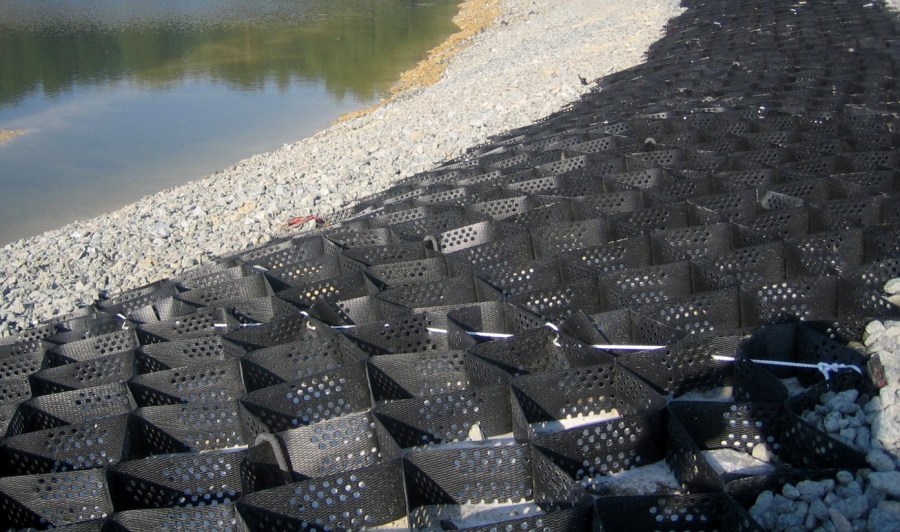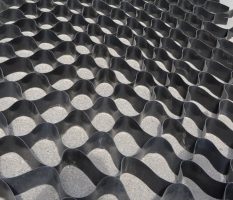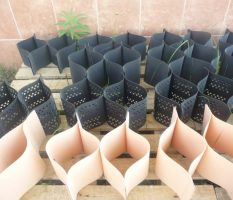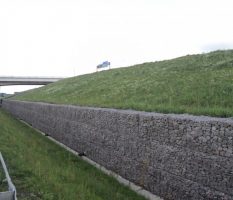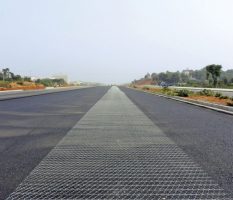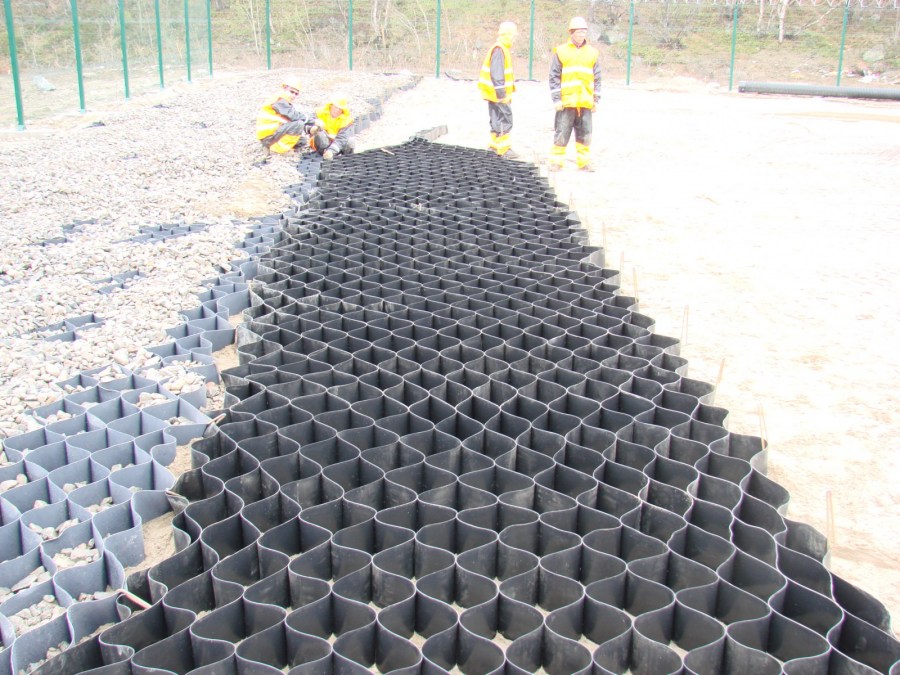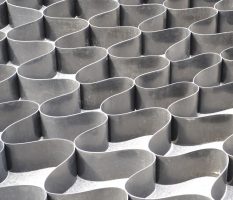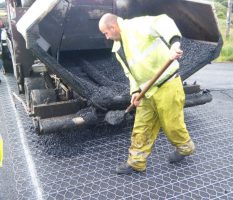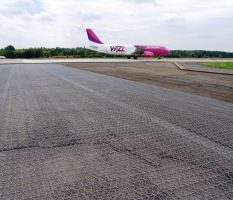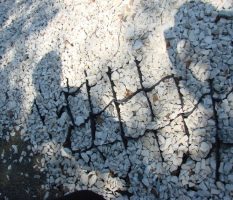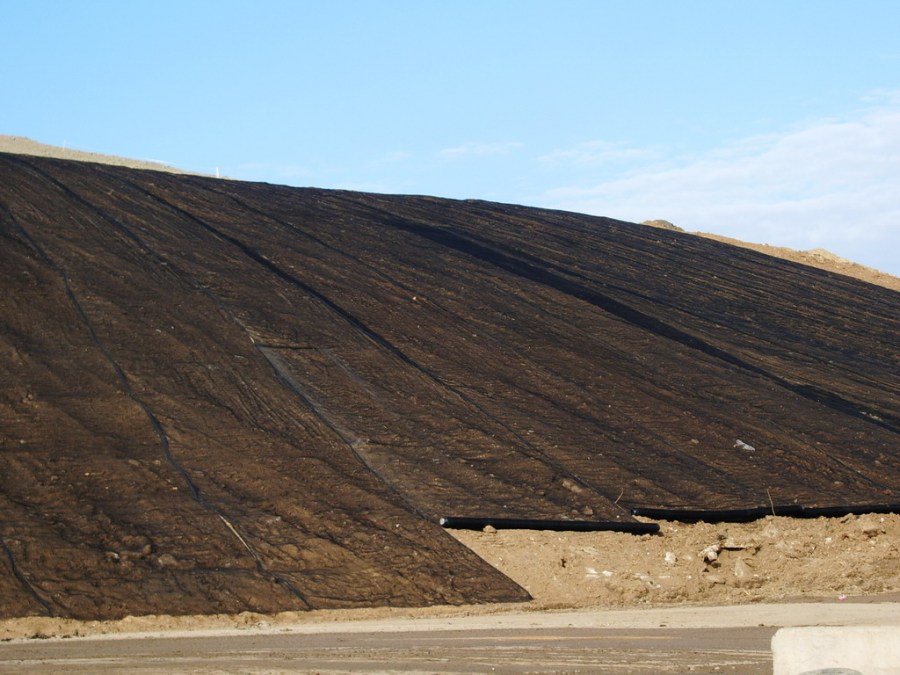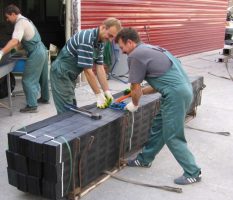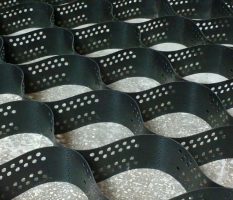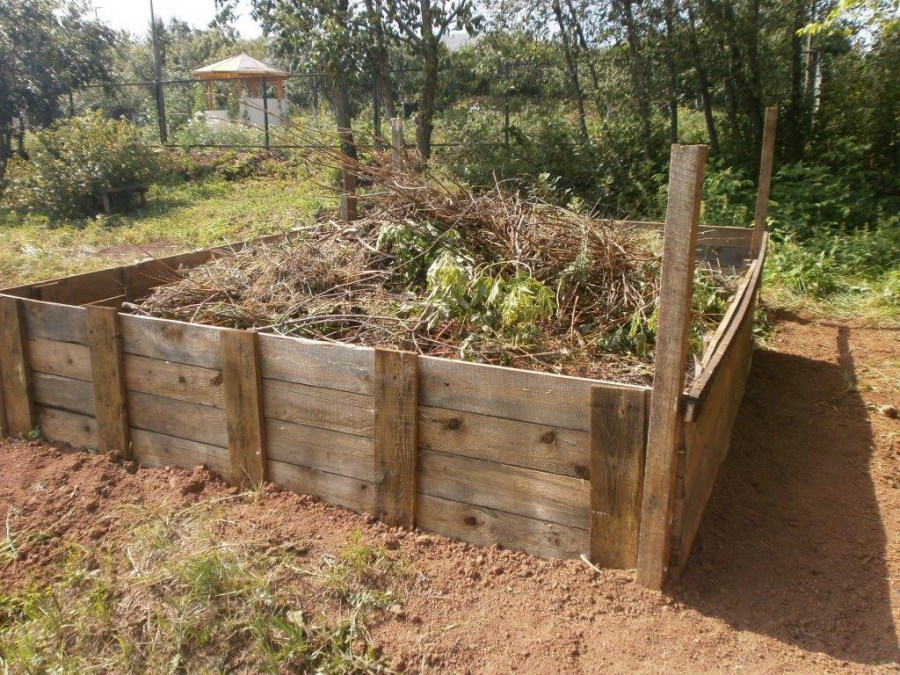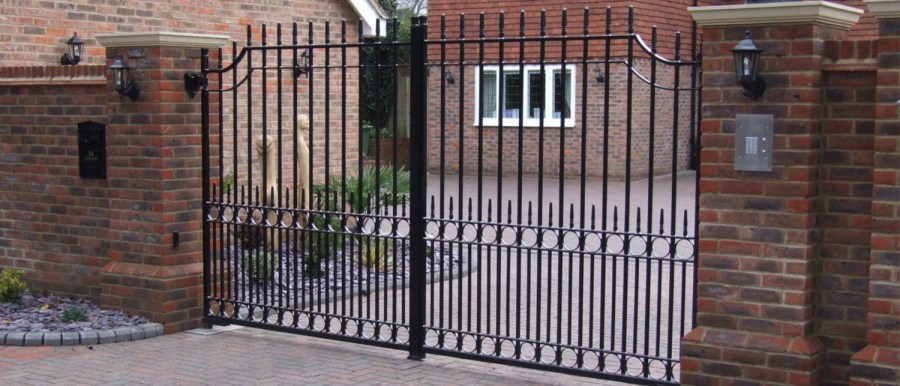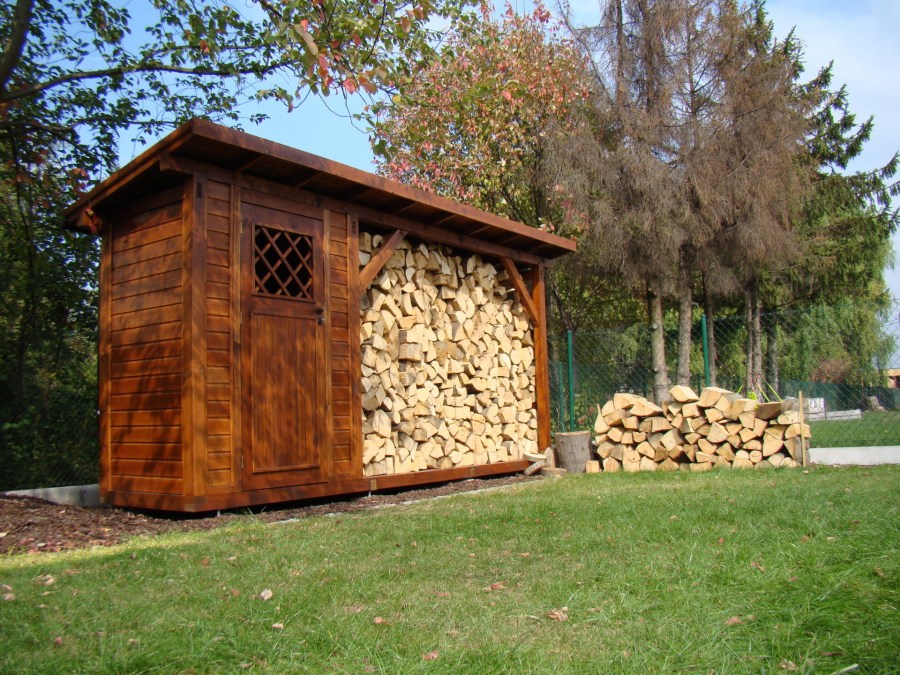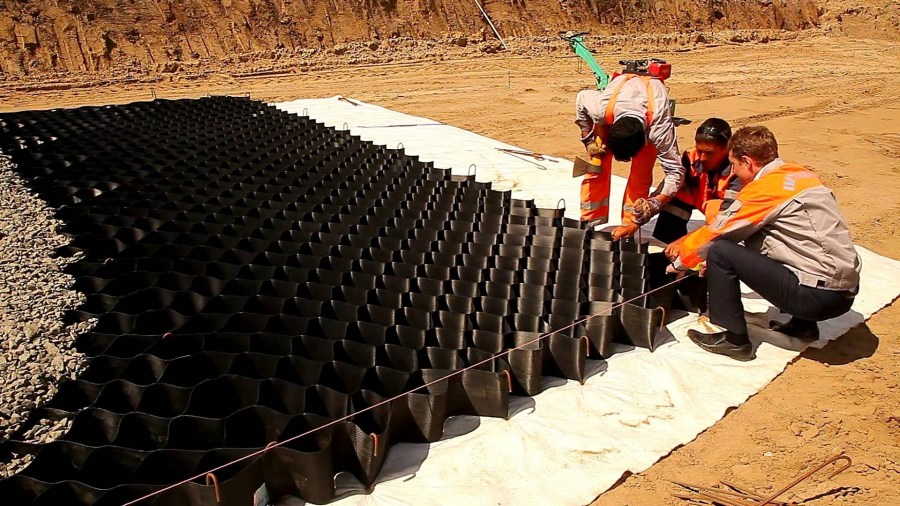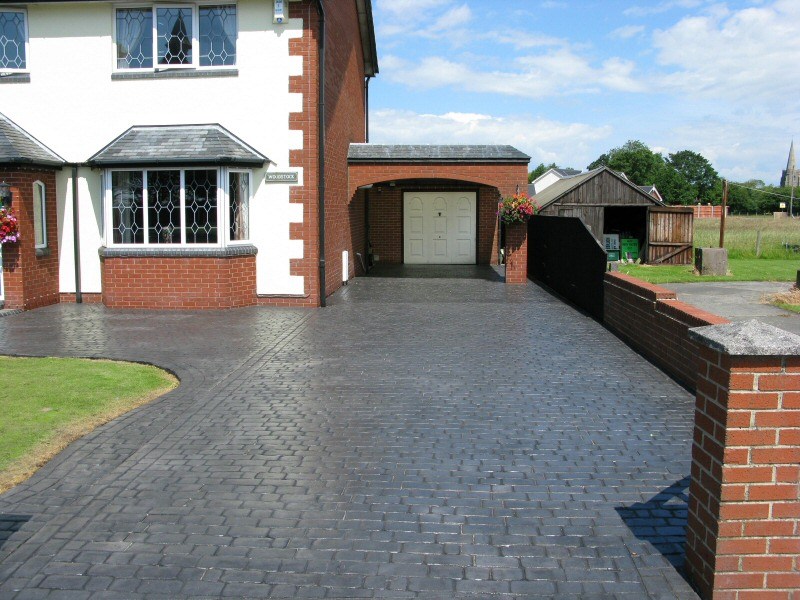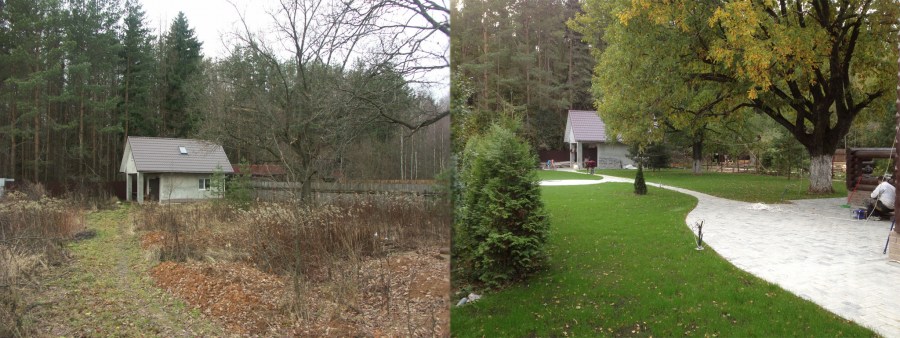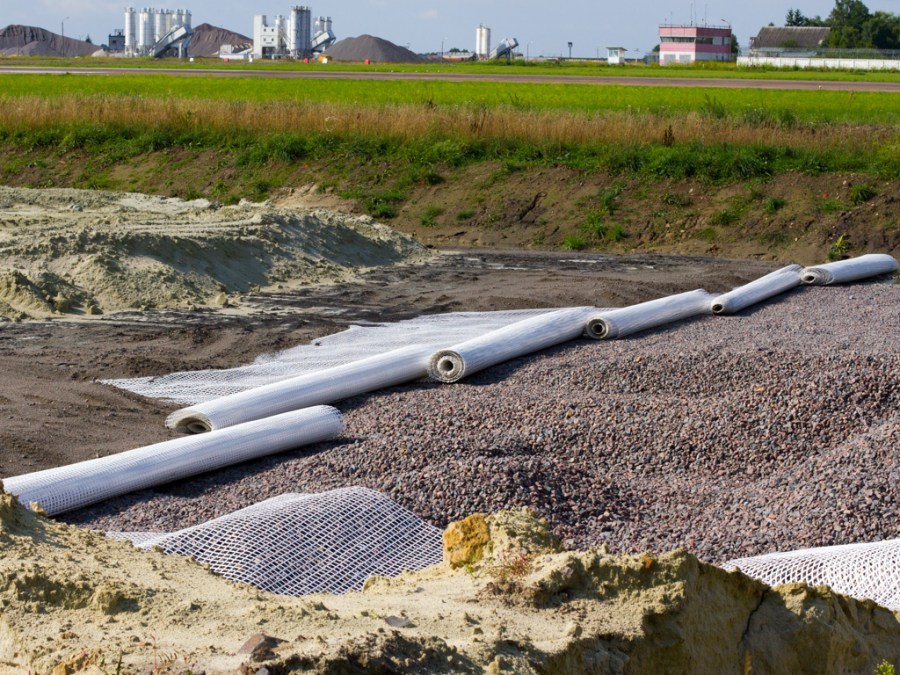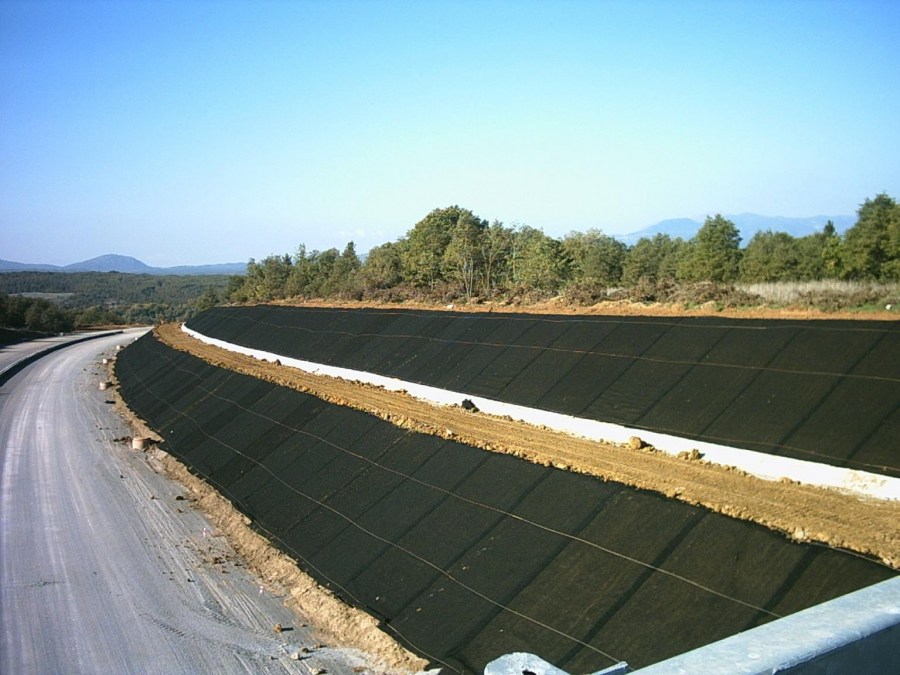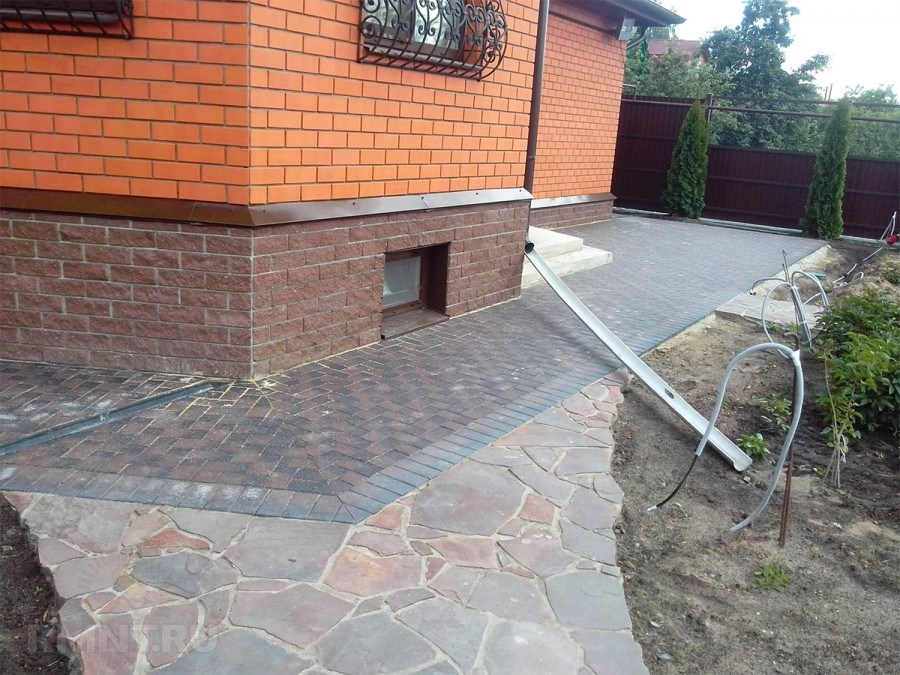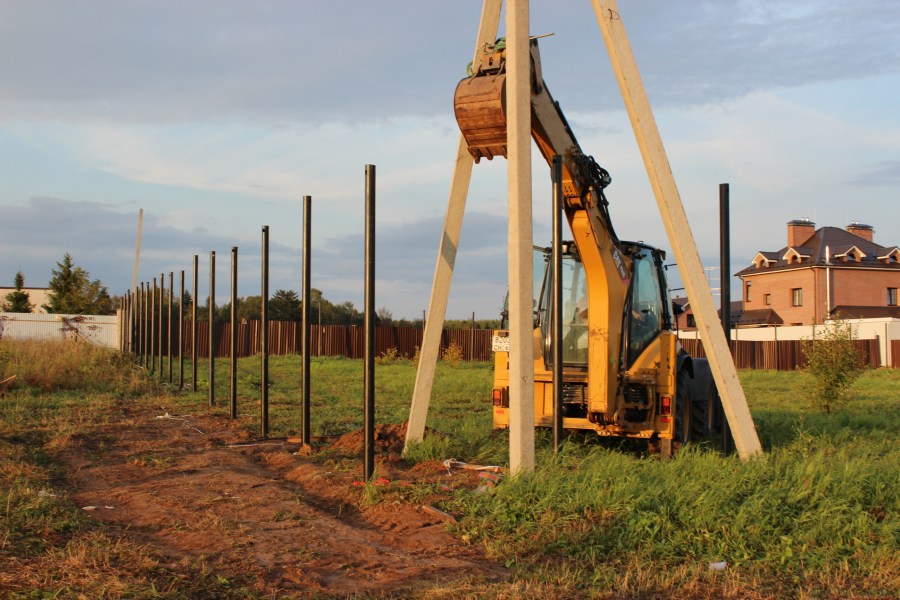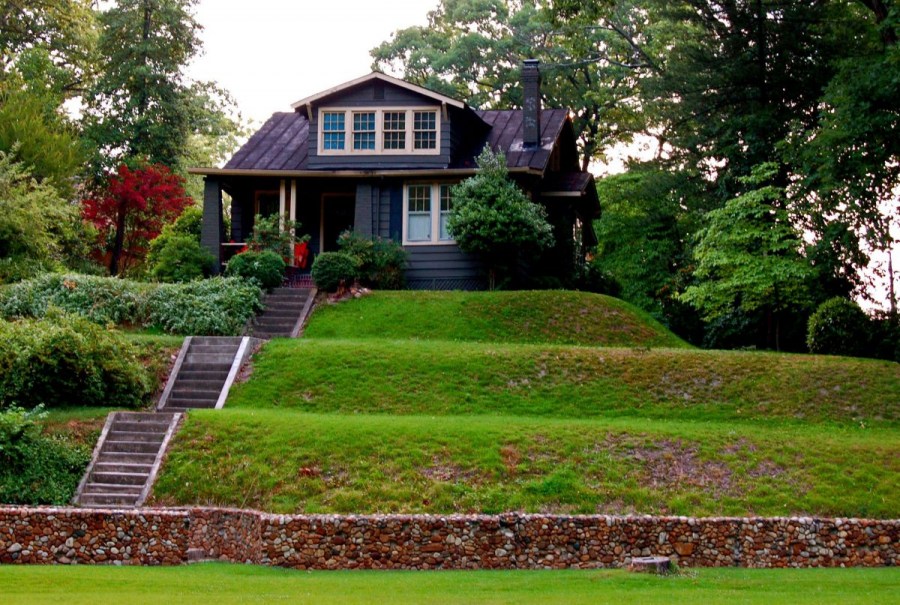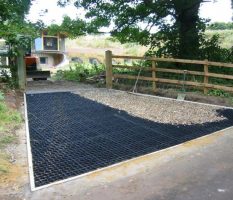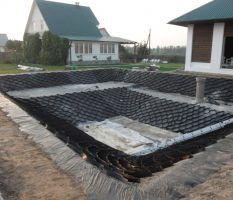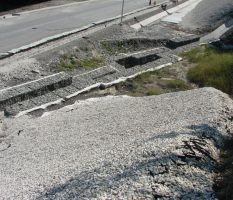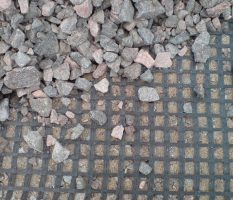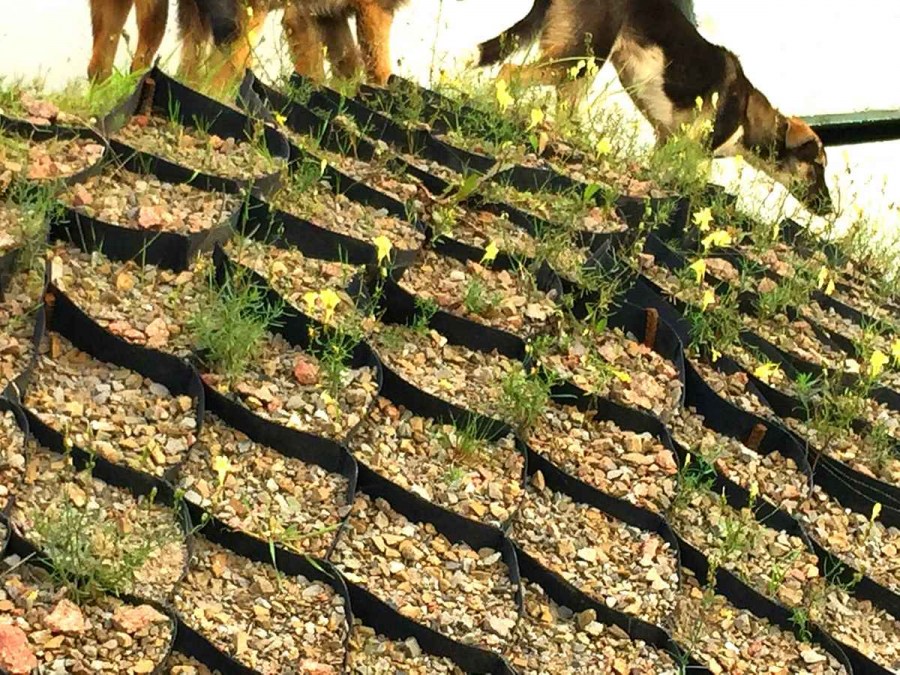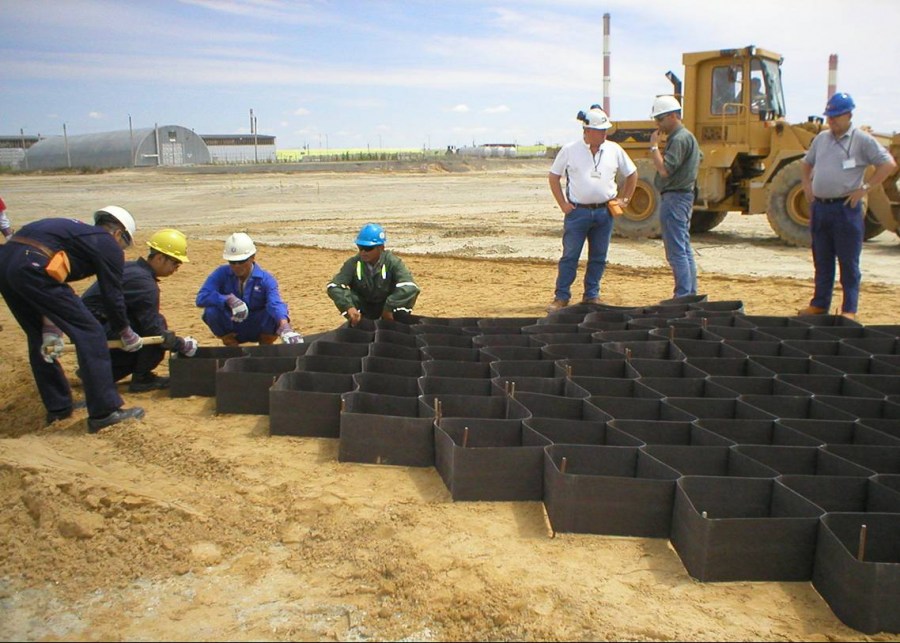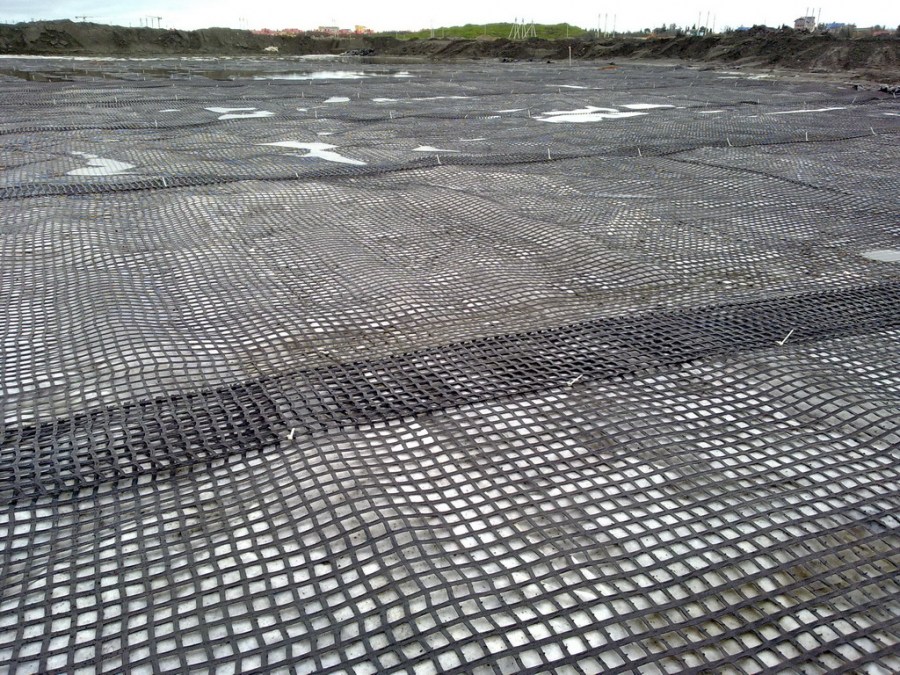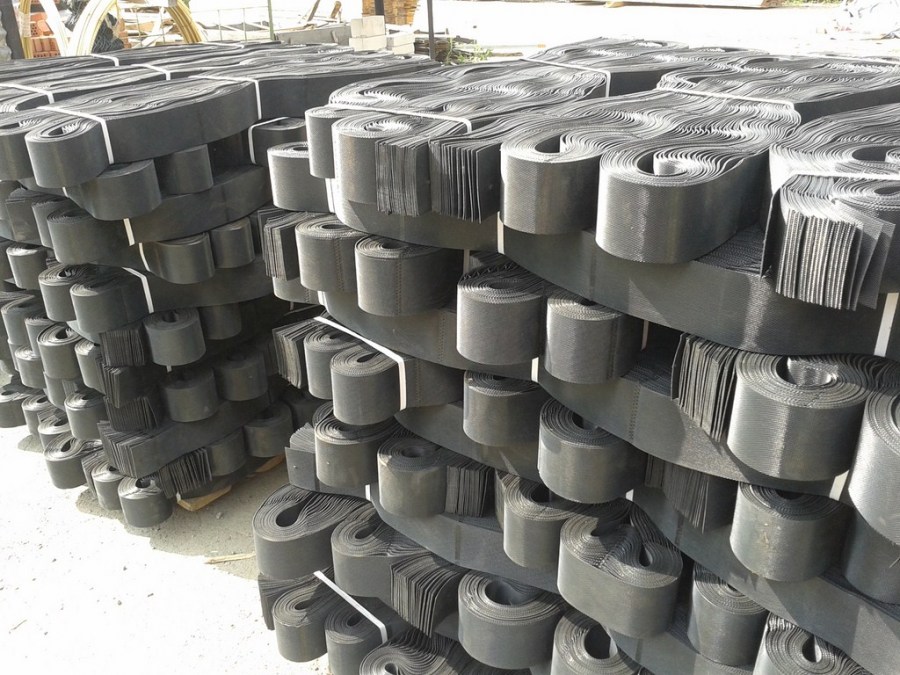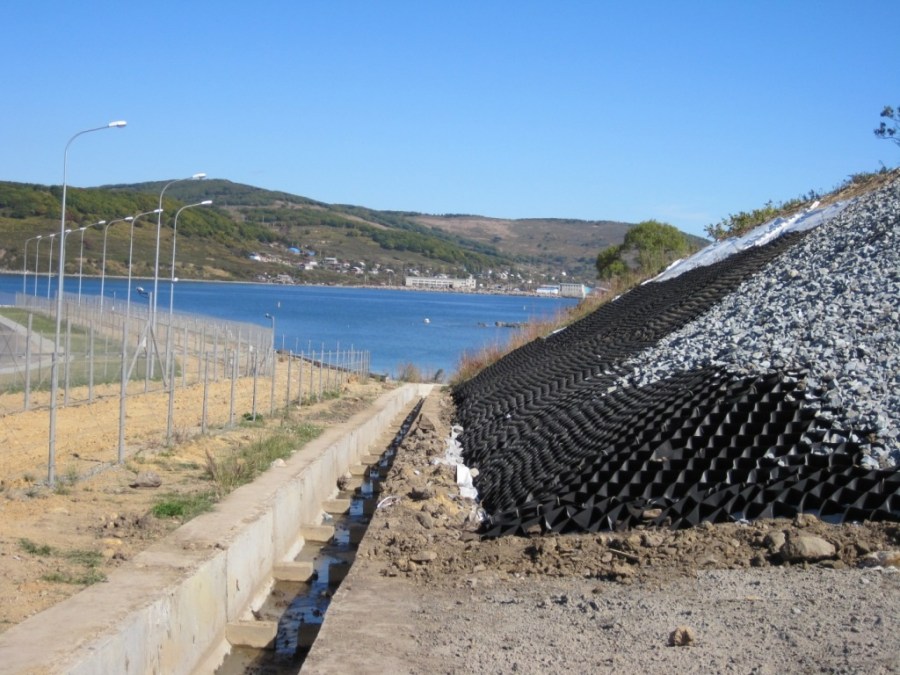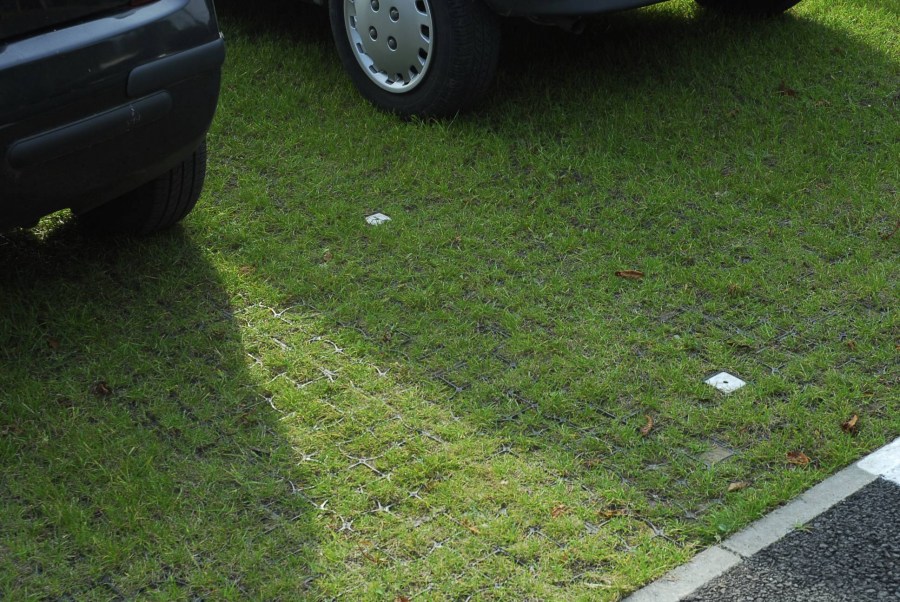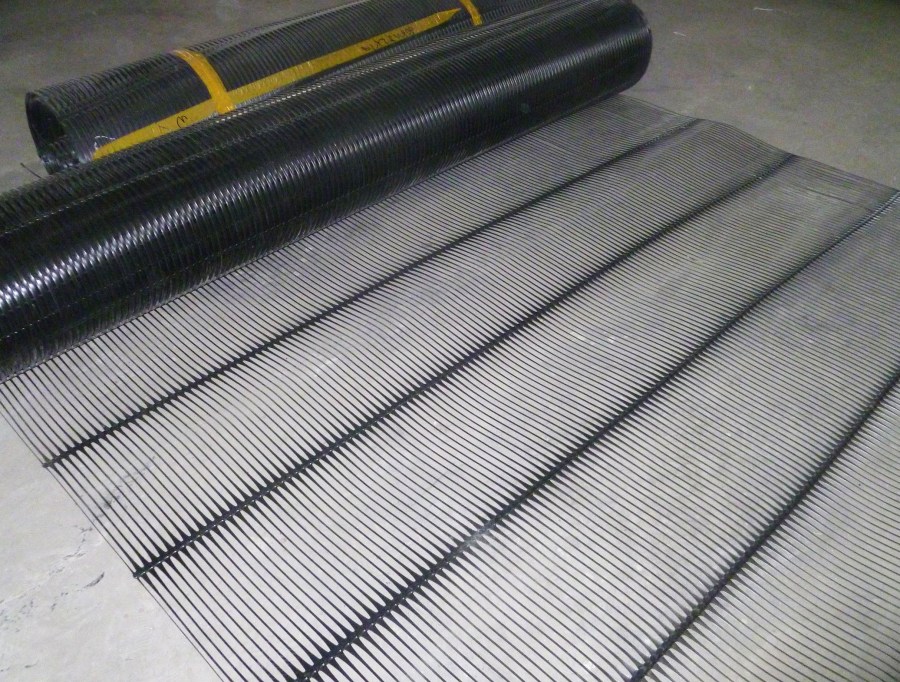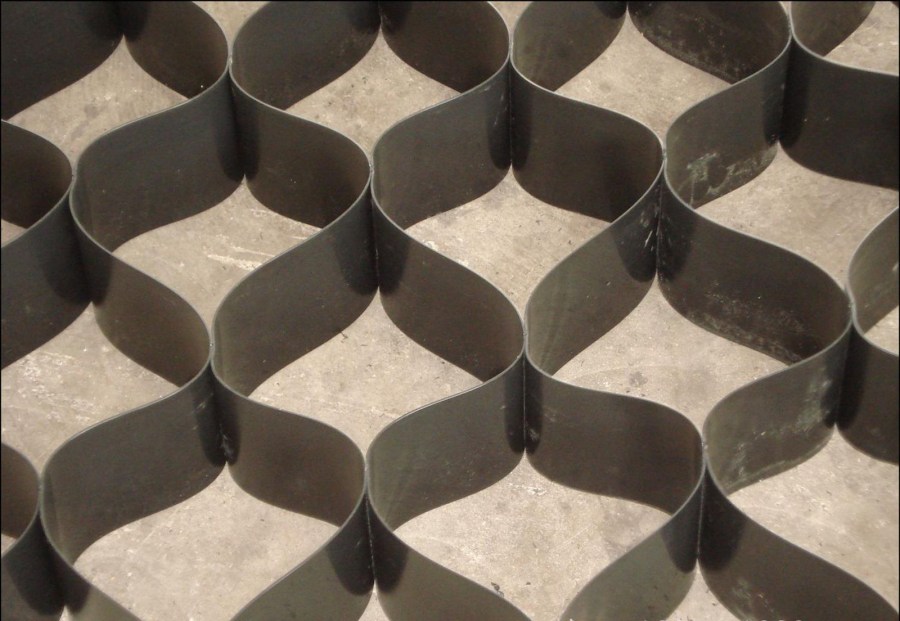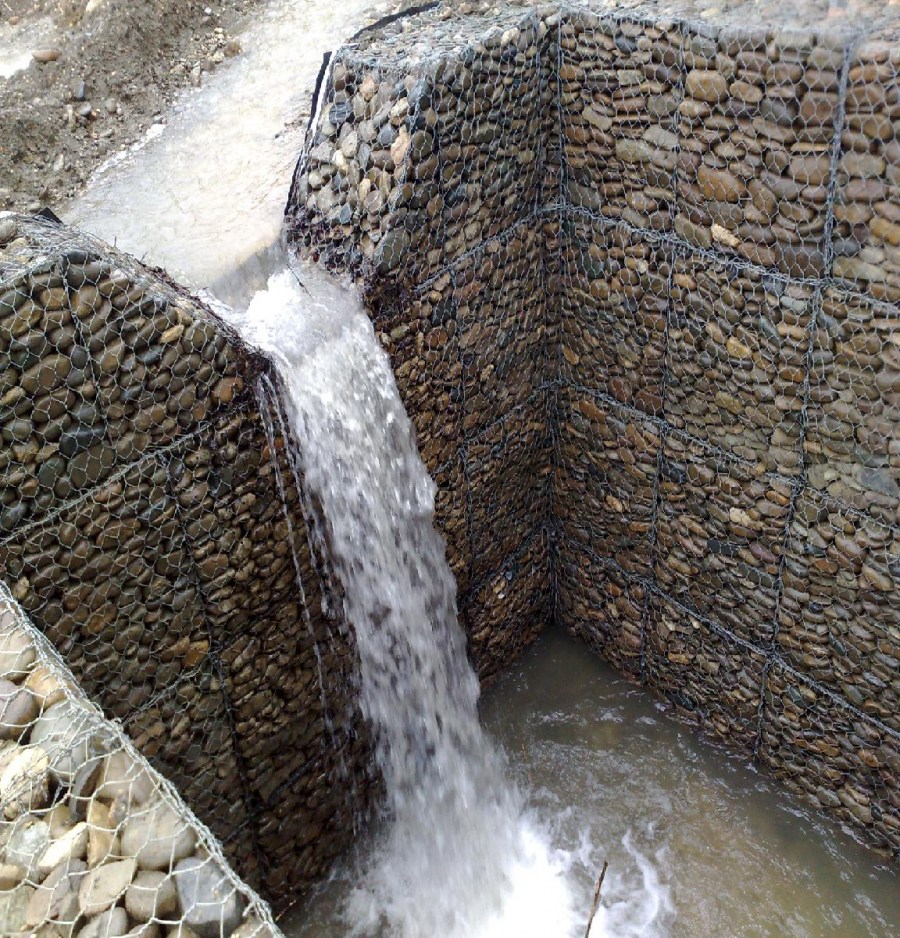Geogrid - basic types, selection tips and application for landscape design (80 photos)
In the arrangement of the landscape of country houses, modern geosynthetics are becoming increasingly popular. Thanks to their application, it is possible to significantly reduce the cost of construction work, while increasing their quality.
The geotechnical grid allows you to ensure the strength and reliability of the soil on the site, increasing the attractiveness of the landscaped landscape.
What is a geogrid?
It is a three-dimensional structure consisting of cells-cells, which are formed from a polymer tape fastened in a special way. The size of the honeycomb is determined by the purpose of the material. Moreover, it is quite resistant to various types of influences - chemical and mechanical, as well as the influence of atmospheric factors.
The geogrid device allows fastening on the ground as quickly as possible and without special skills. As a result, the developer gets a strong reinforcing frame. It is effective during construction work, since the cells are easily filled with crushed stone, sand or ordinary soil.
The advantage is not only ease of attachment, but also ease of transportation to the installation site.
Where and for what you can use
This device is used when reinforcing the soil, when construction work is underway on a summer cottage or during the construction of roads and access roads. Also, soil strengthening using a geogrid is carried out during landscape events. Additionally, it creates the possibility of effective filtering and arrangement of high-quality drainage.
The honeycomb principle of constructing the structure ensures the formation of a solid fixed plate on the ground. It can be created from a variety of fillers, for example, sand, concrete, quartz or crushed stone.
In this case, the height of this plate will correspond to the size of the polymer geogrid. Its application can significantly reduce the thickness of the soil layer of the embankment without reducing the surface strength and maintaining the basic operational parameters.
Varieties of geogrid
When arranging suburban areas and access roads, various types of structures can be used. The effectiveness of a particular option is determined by the specific area of application.
Volumetric grilles
Thanks to the three-dimensional cellular structure, the volumetric geogrid has become an indispensable tool in strengthening weak soils. To form cells that are easy to fill, the elements are stitched together in a checkerboard pattern. The resulting frame is very strong in two planes. It is believed that the bond strength can be about 70% of the base strength of the synthetic tapes themselves.
To connect the individual elements of the module, you can use anchors or staples made of metal. In the construction of country houses, lattices with a mesh size of 210x210 mm are often used. However, the height of the cells can be different - from 50 to 300 mm.
Volumetric type geogrid is very durable - it can last 50 years or more, withstands both static and dynamic loads, as well as temperature fluctuations from -60 to +60 ° С. Therefore, it is an excellent reinforcing layer.
In addition to modern polymer gratings, varieties made of concrete or textile geo-canvas are sometimes used. The design of the first type has elements made of concrete with a void inside for soil.The use of this option is limited by the large mass of blocks, the complexity of installation, additional transport costs.
Geotextile gratings are used not only for reinforcing loose soils, but also to reduce the negative impact on the surface from groundwater and soil heaving under the influence of frost.
Flat grilles
They are a cellular material twisted into a roll, which has a very rigid mesh structure. It is used to strengthen the roadbed, access roads, garden paths, embankments and slopes, in the arrangement of fences. There are two types of structures that can be seen in numerous photos of the geogrid:
Monoaxial - made in the form of rectangular sections of oblong shape. If the area of the canvas is subjected to deformation, then the material provides the required stiffness. Withstands high loads in the longitudinal direction.
The biaxial structure is more durable and reliable, since it provides resistance to tensile loads acting in the longitudinal and transverse directions. The material is indispensable in landscape design and the arrangement of slopes.
The use of geogrids in construction
The owners of country houses are constantly making efforts to make the landscape in the garden as original as possible. For this purpose, it is required not only to equip paths or access roads, but also to strengthen the slopes to create comfortable recreation areas.
Arrangement of paths in the country
At the initial stage of the work, it is necessary to mark the future garden path. To do this, you need to arrange pegs around the perimeter, taking into account the possibility of mounting a border, which will help you protect the track from deformations of various origins. After this, it is necessary to remove the soil to a depth of 200-250 mm. With the prevalence of clay or peat type soils, it is possible to penetrate by 300-400 mm.
The track base must be well tamped and, if necessary, insulating material, for example, polypropylene or polyester geotextile, be laid. Next is the laying of the geogrid. This sequence of work allows not only to make reliable reinforcement, but also to protect the base from erosion.
Fasteners are carried out by anchors. In the cells you need to fill in gravel or gravel. Moreover, it is important to do this in excess so that after sagging the filler does not fall below the tape. And the border needs to be put before you fasten the honeycomb at the bottom of the trench.
Parking Strengthening
The geogrid helps to create a reliable, strong and durable platform for placing vehicles on it. You can use both a flat biaxial design and a volumetric one.
At the same time, the site can be given aesthetic appeal. For example, modern ecoparkings are popular, which will not require you to pave or concrete the site.
The procedure for laying material is as follows. First, a soil layer 100-150 mm thick is removed. Then at the bottom a drainage cushion is formed from a layer of sand and gravel 30-50 mm.
The reinforcing material under consideration is laid on top. The geogrid is mounted using special locks or self-tapping screws. You can also use a pneumatic stapler.
Cells are filled with both gravel and soil or substrate.If you want to sow grass in honeycombs, you will have to regularly water the surface, but you should not park the car at this time.
Arrangement of slopes
If you have slopes on the site, then do not worry. You can reliably strengthen them and elegantly design them. Moreover, both gentle and steep slopes can be reinforced.
Remember, for steep slopes you need to use a grill with wider side elements. The geogrid for strengthening slopes is characterized by reliability and has a high degree of extensibility. Thanks to this material, you will solve the problem of complex terrain on the site.
Reinforcing work on the slope is carried out in several stages. First, the slope must be leveled, and then mark its boundaries. At the next stage, the geotextile layer is neatly laid.
Strong anchors are fixed for fixing the grill. Reinforcing material is stretched on them. Start the process of mounting the gereshetka from the top of the slope. Then it is additionally fixed with L-shaped anchors with a step of 1-2 m. At the end of the work, the cells are covered with a filler with a slide of 3-5 cm.
The considered material for strengthening the surface of the site is widely used in suburban construction. Simplicity of fastening and reliability in operation make it indispensable when conducting high-quality arrangement of a country landscape.
Photo geogrid
Dahlias - an overview of the best varieties + growing instruction (100 photos of flowers)
Rockery: landscape design rules for choosing a place (140 photos)
Clapboard decoration inside the house - 130 photos of the best wall design for a private house
Processing of trees: 110 photos of processing options and compositions
Join the discussion:


